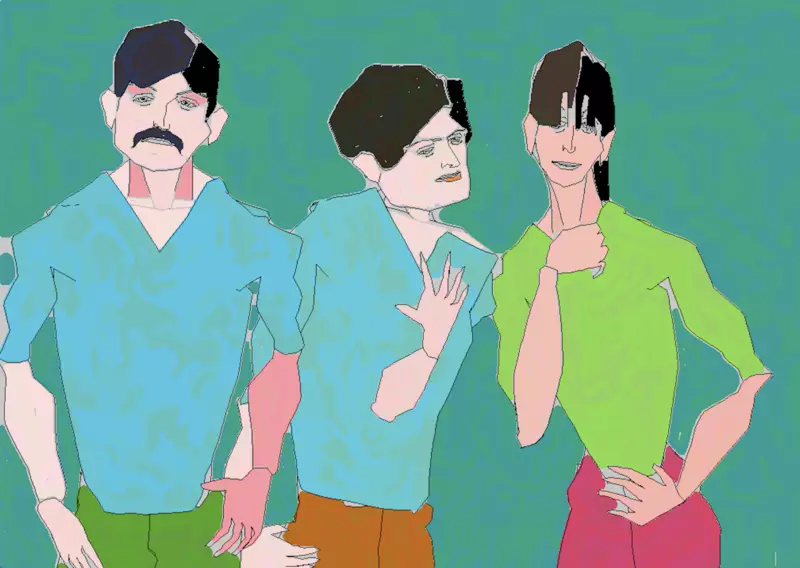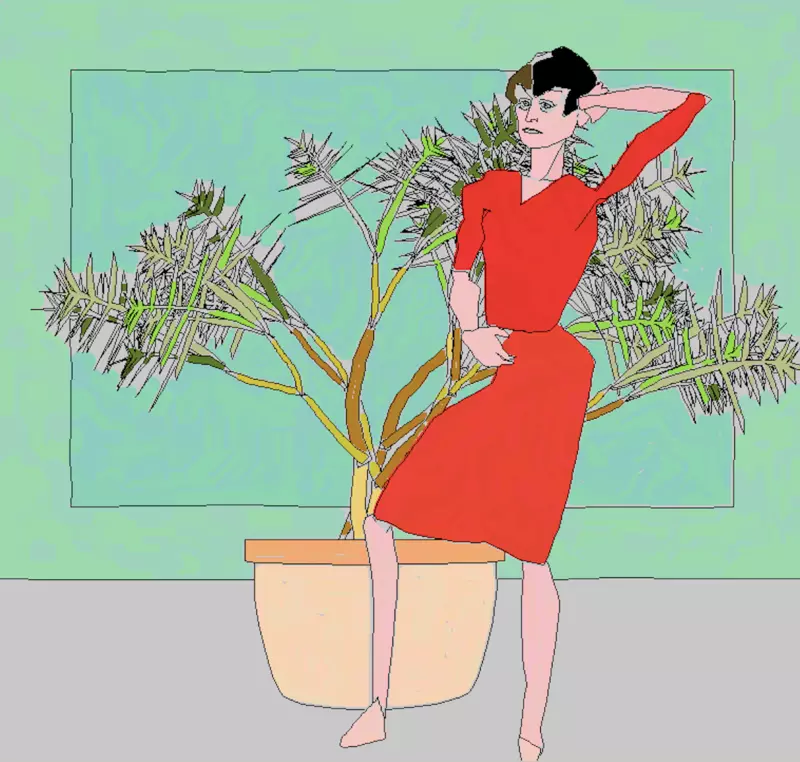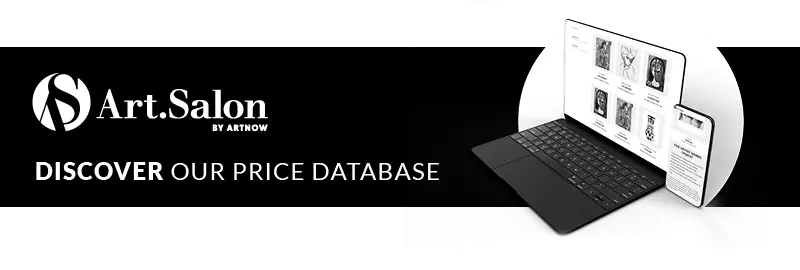
Dive deeper into the art world
Berlin: »Magenta Growing Strong« by Henning Haupt
The architecture of color
Fabian Eichstaedt
Mysterious Ghosts
In Fabian Eichstaedt's works, nothing seems fixed – and yet everything appears to be precisely set. His striking paintings in strict black and white arise purely from the gesture, without reference or motif, but they still seem full of meaning. Free compositions with a hidden principle, a playing field of energy and structure that wants to be explored.
by Felix Brosius,
April 08, 2025








